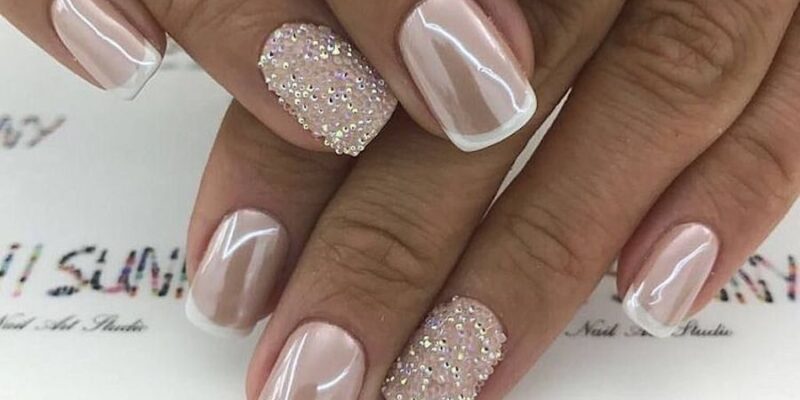As I was looking for a double-edge safety razor for my dad in the men’s skincare department, two sales associates launched into why my dad would love this new “natural” moisturizer and under-eye cream from skin care line out of Switzerland. I have a personal affinity for natural skincare products, so I listened to the sales associates just long enough to do a quick “flip and scan” of the ingredients in the moisturizer listed on the back of the box. In less than 15 seconds, I discerned the moisturizer was nowhere near natural and politely handed the product back to the associates. My semi-scientific approach to discern if a product is natural includes a scan for 3 types of ingredients.
1. Scan for parabens.
Parabens are one the most widely used preservative in cosmetic and personal care products and formed from an acid and alcohol compound. Parabens keep our products from growing mold and bacteria. While there is little-to-no evidence that parabens are linked to breast cancer, some consumers have decided they would prefer ‘paraben-free’ products. More importantly, if you’re looking for a natural product, parabens are a synthetic preservative, and therefore wouldn’t be the best option for a product that claims to be natural. Look towards the end of the ingredient list for methylparaben, ethylparaben, propylparaben, isopropylparaben, butylparaben, isobutylparaben, or benzylparaben to determine if your product includes parabens. Note, most preservatives for water-based products are not going to be natural however there are some that are milder on the skin than others.
2. Scan for synthetic fragrance.
Most synthetic fragrances are a by-product of petrochemicals or made of a natural gas and petroleum-based compounds such as benzene, toluene, and xylenes. Synthetic fragrances can cause allergic reactions for some consumers. These scents are usually trademarked and are deemed a “trade secret”. The best way to spot synthetic fragrance is to simply scan the ingredient list for the term “fragrance”. Most natural fragrances are derived from natural, pure essential oils and will list the name of the essential oil the manufacturer used to create the fragrance.
3. Scan for synthetic surfactants.
Surfactants are compounds that make products easier to “rub in”; they reduce the tension between two ingredients or very simply, for example, can make water better at washing away dirt. These are probably the hardest to scan for using the ‘flip and scan’ method. They are usually found towards the top of the ingredient list and can include cocomidopropyl betaine, sodium laureth sulfate, cocamide DEA, TEA (Triethanolamine), and ceteareth-12 alcohol, among a host of others.
While the “flip and scan” method is a useful technique, it will not determine if all products are natural. Long words that are hard to pronounce can also sometimes be the most natural of ingredients so buying products with only ingredients you can pronounce doesn’t always work if you’re shopping for natural skincare products. If you really want to know if the product is natural, simply enter the ingredient into your preferred search engine and note from which the ingredient are naturally derived or visit www.fda.gov for more information on label regulations. However, using the “flip and scan” method has saved me generous time and money on products that claim to be natural and simply are not.
(The “flip and scan” method is for entertainment purposes only)
[divider]
 Carmen Harris
Carmen Harris
meet Carmen. she’s a mathematician turned makeup artist that loves to create and will still solve the occasional quadratic equation. she prefers florals as the top notes of her parfum and vintage thrift finds over modern day labels. her work has been featured on essence.com, stylemepretty.com, munaluchibridal.com, thebridescafe.com, TLC’s “Say Yes To The Dress”, Style Network’s “Whose Wedding Is It Anyway?”, and in Atlanta’s Wedding Magazine, Pregnancy Magazine, and Women’s Health and Fitness Magazine. her love over logic is sweet potato pie and a cup of coffee for breakfast.







ON THE BLOG: The 15-second Guide to Discerning Natural Skincare Products http://t.co/9N9NTQmK
Thanks Carmen and Munaluchi Bride for this very helpful post!
Great post :)! RT @munaluchiBride: ON THE BLOG: The 15-second Guide to Discerning Natural Skincare Products http://t.co/4izwUm21
Before you buy your next beauty product, read these three tips by our beauty blogger Love Over Logic…. http://t.co/dHlFbVh4
The 15-second Guide to Discerning Natural Skincare Products http://t.co/KEGjLoWk (via @munaluchibride)
RT @TowandaL: The 15-second Guide to Discerning Natural Skincare Products http://t.co/KEGjLoWk (via @munaluchibride)
RT @munaluchiBride: Before you purchase your next beauty product, read this informative article by our blogger @love_over_logic. http://t.co/KbawV8FG
Great blog post from @love_over_logic explaining how to determine if a beauty product is as natural as it claims to be http://t.co/nZ0ZW6Ks